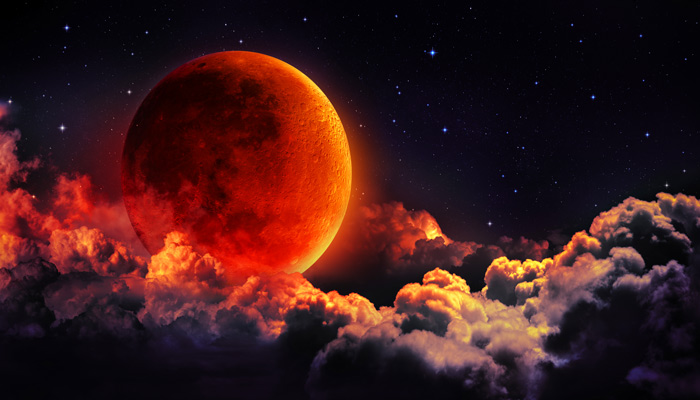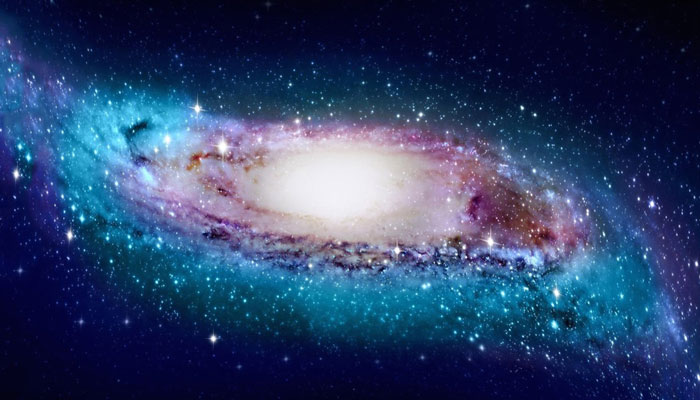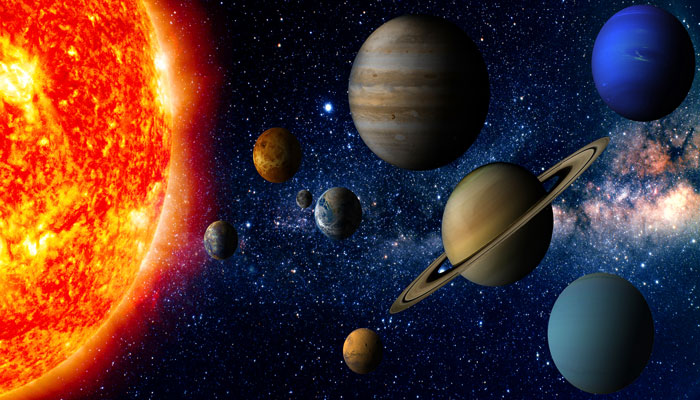In spite of many centuries of advances in astrophysics, we believe that so far, all the matter that we can observe in some way, and which is contained in planets and stars and galaxies, gas clouds and black holes and neutron stars – all of this, accounts for only about four per cent of the universe.

We think dark matter makes up roughly 26 per cent of the universe. The remaining 70 per cent or so comprises 'dark energy', which is somehow driving the universe's accelerating expansion.
We can observe normal matter – like stars and planets, gas and dust – with visible light and other forms of electromagnetic radiation, such as infrared, ultraviolet and radio waves. But even adding up everything we see in the electromagnetic spectrum, we appear to be missing most of the matter in the universe.
How is this possible? It starts with galaxy rotation; as galaxies rotate, the law of gravity means that we can expect objects towards the edge of a galaxy to move more slowly than those nearer the centre, because there’s less visible mass out there. However, we find these objects actually move at a similar speed to those closer in. That suggests there's more matter out there than what registers on the electromagnetic spectrum.
Some researchers even think our theory of gravity may need to be revised, and applying the right tweaks could eplain away the evidence for dark matter - although they remain in the minority.
A similar situation exists with how fast galaxies orbit each other, and a number of other large-scale astrophysical phenomena; all of these point to there being far more matter in the universe than what we can directly observe.
Whatever it is we are missing, it doesn’t give off electromagnetic radiation. That's why the missing mass is known as dark matter. In order to explain galactic motions and the other phenomena we see, we think there's probably about five or six times more dark matter than regular matter in the universe.
WIMPS and MACHOs
One theory is that dark matter is made up of MACHOs – an acronym for a Massive Astrophysical Compact Halo Object, an astronomical body that is made up of normal matter that isn’t very luminous so it’s hard to detect; however searches for these have been unsuccessful. A more popular theory takes the opposite extreme and proposes dark matter to be very tiny Weakly Interacting Massive Particles – WIMPS.
Some researchers even think our theory of gravity may need to be revised, and applying the right tweaks could explain away the evidence for dark matter, although they remain in the minority.
Until we come up with a way of detecting dark matter particles or a definitive test for alternate theories, we won’t know for sure.
It may be that dark matter doesn’t interact with normal matter in any way apart from gravity; we don't really know what the detailed properties of dark matter would be, nor whether it is made up of WIMPs or MACHOs – or is simply the observed effect of some as yet unknown physics.
Much of this branch of astrophysics is like seeing ripples in a pond; we know that something is causing those ripples but we can't see it directly, and so far we have only the ripples to go on.
Daniel Zucker is an Associate Professor in the School of Mathematical and Physical Sciences, Macquarie University.
This story was first published on March 28, 2018.



